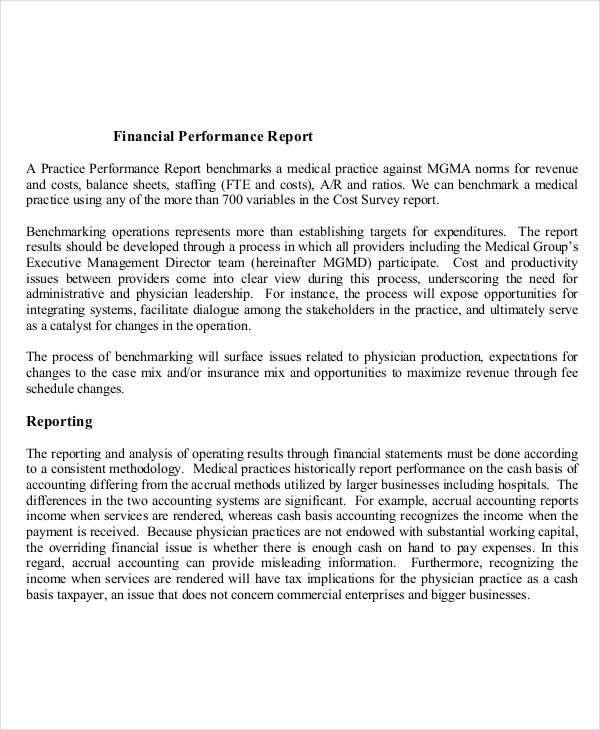Driving With ADHD: A Comprehensive Guide To Vehicle Safety

Table of Contents
Understanding the Challenges of Driving with ADHD
Driving requires a complex interplay of cognitive skills, including sustained attention, impulse control, and efficient information processing. Individuals with ADHD often face significant difficulties in these areas, leading to increased driving risks. The core challenges include:
- Impulsivity: This can manifest as sudden lane changes, speeding, or risky overtaking maneuvers without fully assessing the situation.
- Inattention: Distractions, even minor ones, can easily divert attention from the road, leading to missed signals, delayed reactions, and increased risk of collisions.
- Hyperactivity: Restlessness and fidgeting can impair focus and reaction time, compromising safe driving practices.
- Executive Functioning Deficits: Difficulties with planning, organizing, and self-monitoring can make it challenging to manage driving tasks effectively. This includes things like remembering routes, adhering to traffic laws, and adjusting driving behavior to changing conditions.
Here are some specific driving difficulties experienced by people with ADHD:
- Difficulty maintaining consistent speed and following traffic laws. This can lead to speeding tickets and other traffic violations.
- Problems with spatial awareness and judging distances. This increases the risk of accidents, particularly when parking or changing lanes.
- Increased risk of distracted driving. Individuals with ADHD may be more susceptible to distractions from their phones, passengers, or their own thoughts.
- Challenges with multitasking and processing information quickly. Juggling multiple aspects of driving simultaneously (e.g., checking mirrors, navigating traffic, monitoring speed) can be overwhelming.
- Impulsive reactions and lane changes. Sudden, unplanned actions can be dangerous for both the driver and others on the road.
Strategies for Safer Driving with ADHD
While driving with ADHD presents challenges, numerous strategies can significantly mitigate risks. These strategies focus on improving focus, minimizing distractions, and managing ADHD symptoms:
- Medication Management: Working closely with a doctor to optimize medication dosage and timing is crucial. Some ADHD medications can improve focus and reduce impulsivity, directly enhancing driving safety. It's vital to understand how your medication affects you and to avoid driving if you experience drowsiness or other side effects.
- Pre-Driving Routines and Checklists: Creating a consistent pre-driving routine can help improve focus and reduce anxiety. This could involve a checklist to ensure everything is prepared (keys, phone, directions) before getting behind the wheel.
- Technology to the Rescue: Utilize technology to support safe driving. GPS navigation systems can reduce cognitive load associated with route planning. Lane departure warnings and adaptive cruise control can provide extra assistance.
- Mindfulness and Relaxation Techniques: Practicing mindfulness and relaxation techniques before and during drives can help manage stress and improve focus. Deep breathing exercises or meditation can be particularly beneficial.
- Choose Less Stressful Driving Environments: Opt for less congested roads and times of day when possible. Avoid driving during peak traffic hours or in unfamiliar areas if you feel overwhelmed.
- Trusted Companion: Driving with a trusted companion can provide extra support and awareness, particularly during long journeys or in challenging driving conditions. They can help monitor driving behavior and provide additional support if needed.
The Role of Medication and Therapy in Improving Driving Safety
Medication and therapy play significant roles in managing ADHD symptoms that impact driving.
- Medication: Stimulant and non-stimulant medications can help improve attention, focus, and impulse control. However, it is crucial to discuss the potential side effects of any medication with your doctor and to never drive if experiencing drowsiness or impaired judgment. Different medications have different effects on individuals, so finding the right medication and dosage is essential.
- Therapy: Cognitive Behavioral Therapy (CBT) can be particularly helpful in teaching coping mechanisms for managing inattention and impulsivity. CBT helps identify triggers for risky driving behaviors and develop strategies to respond more effectively. Therapy sessions can also focus on stress management and relaxation techniques, vital for safe driving.
- Open Communication: Maintain open communication with your doctor and therapist about your driving concerns. They can help monitor your progress, adjust treatment plans as needed, and offer valuable guidance.
Legal and Insurance Considerations for Drivers with ADHD
Driving with ADHD involves legal and insurance considerations that require careful attention.
- Insurance Transparency: Be upfront with your insurance provider about your ADHD diagnosis. While this might affect your premiums, it's essential for transparency and to avoid potential complications in case of an accident.
- State-Specific Regulations: State regulations concerning driver's licenses and ADHD vary. Research your state's specific laws and requirements.
- Adherence to Traffic Laws: Strictly adhering to all traffic laws and regulations is paramount. Even minor infractions can have serious consequences, especially for drivers with ADHD.
Resources and Support for Drivers with ADHD
Numerous resources and support networks are available to help individuals with ADHD navigate the challenges of driving.
- ADHD Organizations: Organizations like CHADD (Children and Adults with Attention-Deficit/Hyperactivity Disorder) offer valuable information, support groups, and resources for managing ADHD.
- Driver Rehabilitation Programs: These programs can provide tailored assessments and training to improve driving skills and safety for individuals with various disabilities, including ADHD.
- Research and Articles: Numerous research articles and articles, like this one, offer evidence-based strategies and insights into safe driving with ADHD.
Driving Safely with ADHD: A Path to Confidence and Control
Driving with ADHD requires proactive management and a commitment to safe driving practices. By understanding the challenges, implementing effective strategies, and seeking appropriate support, individuals with ADHD can enhance their driving safety and confidence behind the wheel. Remember, medication management, therapeutic interventions, and the adoption of the strategies discussed are crucial steps towards safer driving. Don't hesitate to utilize the resources available. Take control of your driving journey by implementing these strategies and ensuring your safety on the road. Improve your ADHD driving skills and embrace safer driving with ADHD today!

Featured Posts
-
 Elite Universities Form Secret Coalition To Oppose Trump Administration
Apr 29, 2025
Elite Universities Form Secret Coalition To Oppose Trump Administration
Apr 29, 2025 -
 Papal Conclave Debate Surrounds Convicted Cardinals Voting Rights
Apr 29, 2025
Papal Conclave Debate Surrounds Convicted Cardinals Voting Rights
Apr 29, 2025 -
 Cassidy Hutchinsons Memoir Key Jan 6 Witness Details Upcoming Book
Apr 29, 2025
Cassidy Hutchinsons Memoir Key Jan 6 Witness Details Upcoming Book
Apr 29, 2025 -
 The Disturbing Trend Of Betting On The Los Angeles Wildfires
Apr 29, 2025
The Disturbing Trend Of Betting On The Los Angeles Wildfires
Apr 29, 2025 -
 The Impact Of Xs Debt Sale A Financial Performance Overview
Apr 29, 2025
The Impact Of Xs Debt Sale A Financial Performance Overview
Apr 29, 2025
Latest Posts
-
 Reduire La Mortalite Routiere L Efficacite Des Glissieres De Securite Sur Les Routes Francaises Or Adapt The Country As Needed
Apr 30, 2025
Reduire La Mortalite Routiere L Efficacite Des Glissieres De Securite Sur Les Routes Francaises Or Adapt The Country As Needed
Apr 30, 2025 -
 Air Ambulance Called To Incident Near Yate Recycling Centre
Apr 30, 2025
Air Ambulance Called To Incident Near Yate Recycling Centre
Apr 30, 2025 -
 Ameliorer La Securite Routiere L Installation De Glissieres Un Investissement Pour Sauver Des Vies
Apr 30, 2025
Ameliorer La Securite Routiere L Installation De Glissieres Un Investissement Pour Sauver Des Vies
Apr 30, 2025 -
 Get Google Slides Free Android I Os Web App Download
Apr 30, 2025
Get Google Slides Free Android I Os Web App Download
Apr 30, 2025 -
 2025
Apr 30, 2025
2025
Apr 30, 2025
